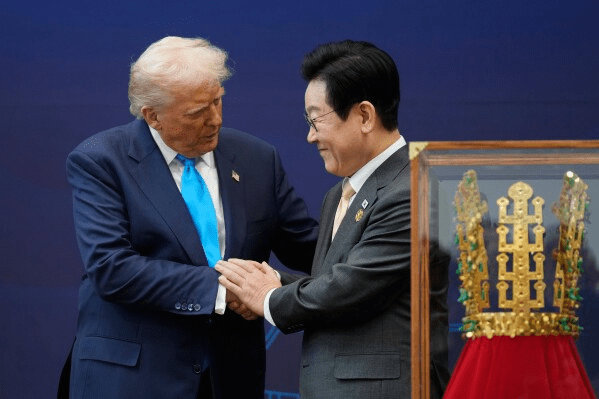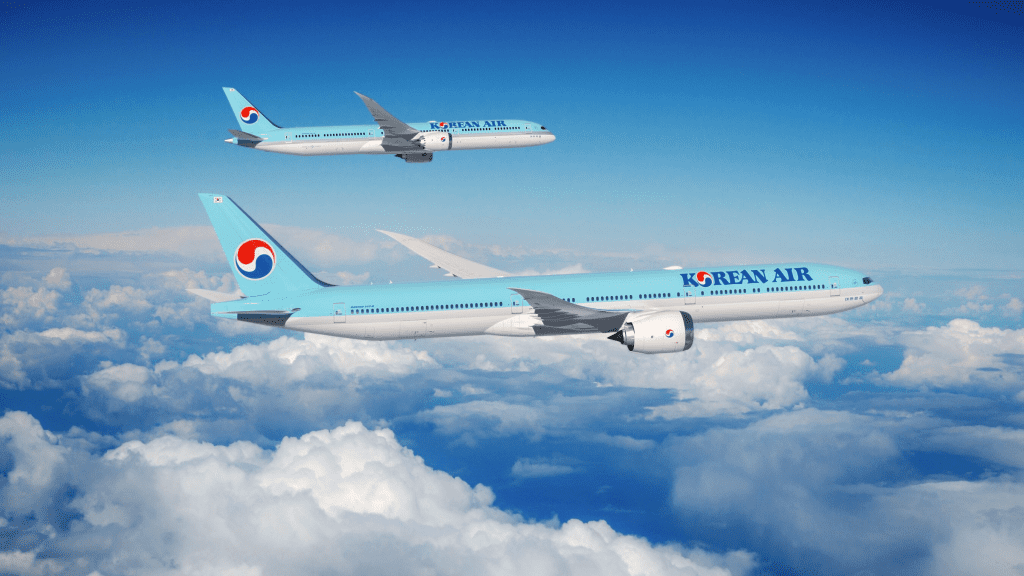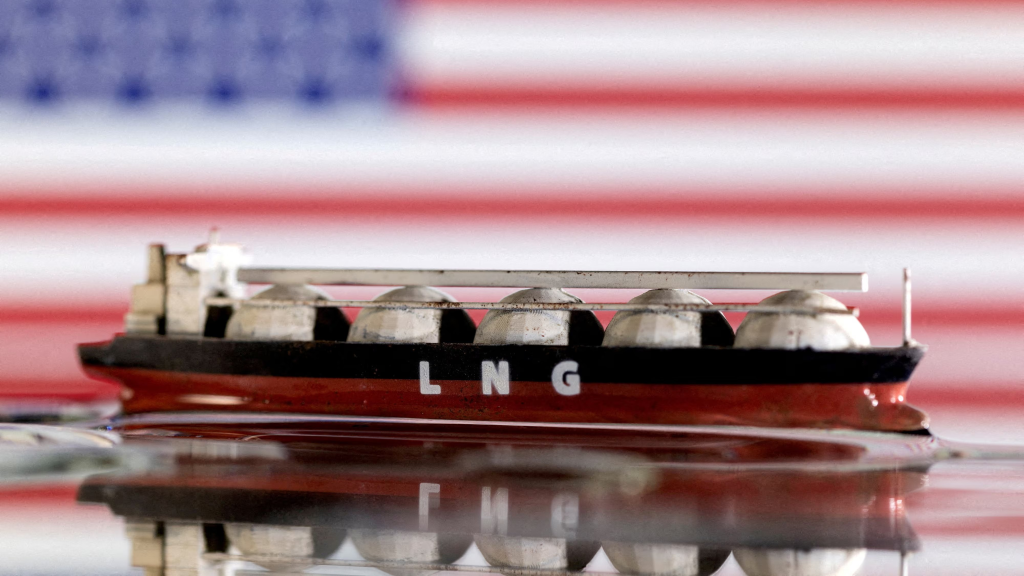President Trump secures major wins as South Korea commits $36 billion in Boeing jets, 3.3 million tons of U.S. LNG and U.S. uranium enrichment investments
President Donald Trump’s state visit to South Korea this week produced one of the most significant trade and investment breakthroughs of his presidency, underscoring his continued focus on expanding American manufacturing and energy exports. The White House confirmed that South Korea’s largest airline, Korean Air, will purchase 103 new Boeing aircraft worth more than $36 billion — a move that U.S. officials say will support approximately 135,000 American jobs.

The agreement marks one of Boeing’s biggest international orders in years and a powerful symbol of renewed industrial confidence. The purchase includes a mix of long-range and fuel-efficient jets such as the 777X, 787 Dreamliner, and 737 MAX models, ensuring sustained production across multiple U.S. manufacturing plants. The deal alone represents over 10 percent of Boeing’s annual commercial aircraft revenue, giving the American aviation industry a major boost at a time when global competition for aerospace contracts remains fierce.
In addition to the historic aviation deal, another South Korean corporation, LS Group, announced plans to invest $3 billion in a new uranium enrichment project in Ohio. This investment is expected to create roughly 3,000 high-skill jobs in engineering, construction, and energy manufacturing. According to officials briefed on the agreement, the facility will help secure the domestic nuclear fuel supply chain while also advancing cleaner energy partnerships between the United States and South Korea.

Energy cooperation was also a key part of the trip. The Korea Gas Corporation finalized a 10-year agreement to purchase 3.3 million tons of liquefied natural gas from the United States every year starting in 2028. The long-term LNG contract strengthens America’s position as one of the world’s top energy exporters and reinforces a shared commitment to energy security and reduced reliance on unstable global suppliers. Together, these deals highlight how the U.S.–South Korea alliance is evolving beyond defense cooperation into a powerful economic partnership.
For Trump, the announcements serve as tangible proof of his “America First” economic agenda. During his speech alongside South Korean President Lee Jae-myung, he praised the partnerships as “a win for both nations and a victory for every American worker.” The President emphasized that such deals reaffirm confidence in American manufacturing and energy sectors while supporting jobs across the country — from aircraft factories in Washington and South Carolina to energy facilities in Texas and Ohio.

The timing of these deals also carries strategic weight. With global supply chains shifting and geopolitical tensions continuing to test trade alliances, South Korea’s deepening economic ties with the United States represent a significant pivot toward Western industrial cooperation. U.S. officials said the Boeing deal, in particular, signals Seoul’s trust in American innovation and quality, while the energy agreements will help balance trade between the two allies for years to come.
Economists estimate that the combined value of all agreements announced during Trump’s visit could exceed $40 billion once secondary contracts, maintenance, and energy delivery components are included. These developments are expected to stimulate American exports, generate steady job growth, and anchor long-term investment across multiple sectors.

As Trump concluded his visit, he framed the moment as another step in restoring American economic leadership abroad. “This is what putting America first looks like,” he told reporters. “We are selling, we are building, and we are bringing jobs home.” Supporters hailed the news as further evidence of his ability to translate diplomacy into direct benefits for American workers, while critics acknowledged that the agreements could have lasting economic impact even beyond the administration.
For now, the deals stand as a major diplomatic and commercial success story, blending trade policy, energy security, and manufacturing revival. Whether measured in billions of dollars or in jobs created, President Trump’s visit to South Korea delivered results that could shape the next decade of U.S. economic growth.

